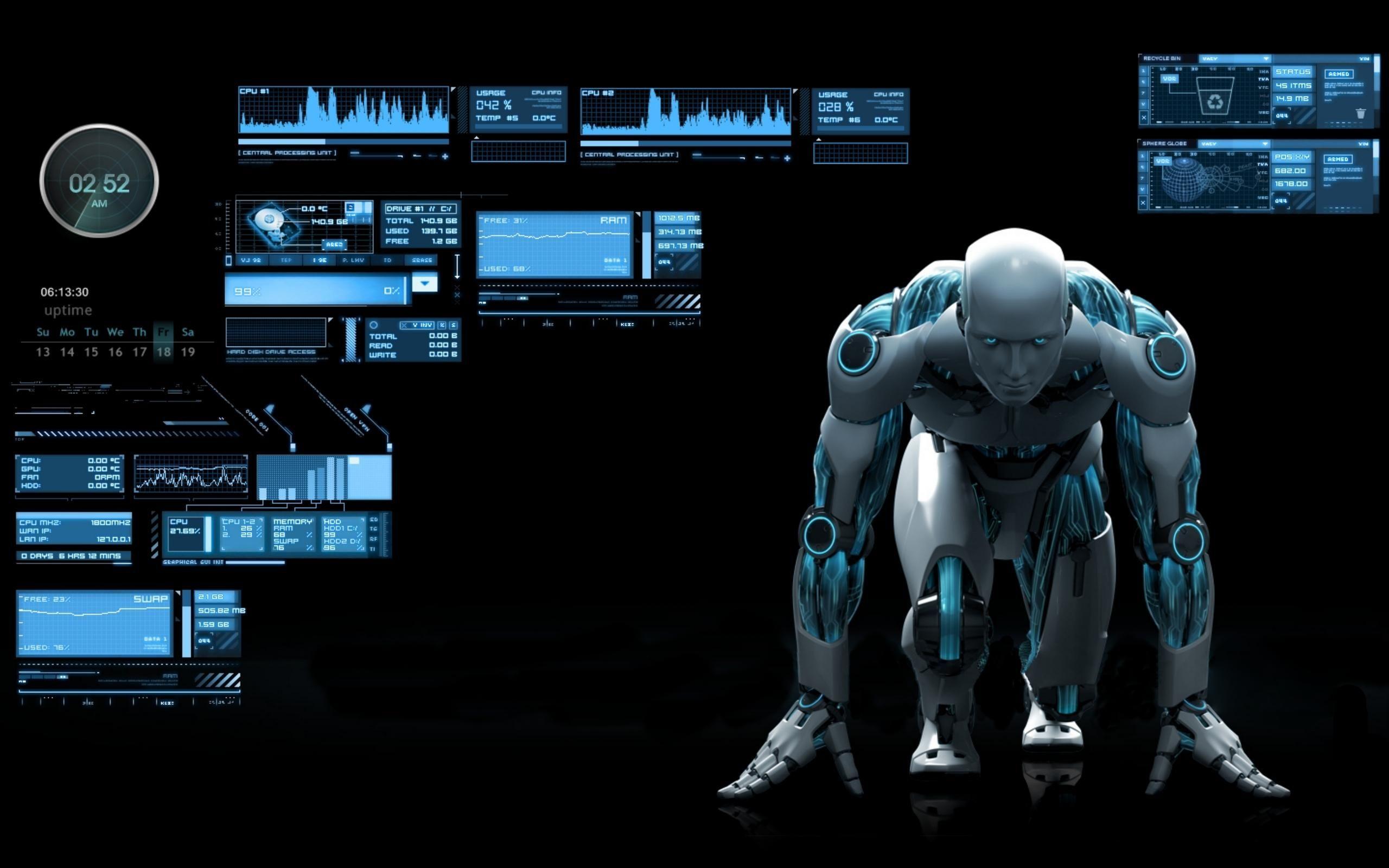
In a world increasingly shaped by advancements in technology, the emergence of deepfake technology has sparked both fascination and concern. Deepfakes, a portmanteau of "deep learning" and "fake," refer to technologically manipulated videos and images that convincingly mimic the appearance and actions of real individuals. The rapid development and widespread accessibility of this technology have raised important questions about the boundaries of truth, ethical implications, and the potential impact on various aspects of society.
At its core, deepfake technology utilizes powerful algorithms and artificial intelligence to create highly convincing audiovisual content that can deceive even the most discerning eyes. By seamlessly grafting the likeness of one person onto the body of another, or by altering facial expressions and speech patterns, deepfakes have the ability to convincingly manipulate reality. From popular and influential figures to everyday individuals, no one is immune to the potential effects of this technology. As such, the implications for privacy, trust, and security are profound, as society grapples with the implications of a world where reality can be so easily distorted.
The intended applications of deepfake technology span a wide range, from entertainment and artistic expression to political satire and even problematic activities such as revenge porn or spreading disinformation. As the technology continues to evolve and improve, so too does the concern regarding its potential misuse. The impact on public figures and the media industry as a whole is significant, as the very notion of veracity and authenticity becomes increasingly blurred. We stand at a critical juncture where we must not only examine the risks and negative consequences but also explore avenues for regulation and protection, ensuring responsible use and mitigating the potential harm that can arise from the abuse of deepfake technology.
Faceswap
In the following sections, we delve deeper into the mechanics behind deepfake technology, exploring its historical context, technical aspects, and the ethical dilemmas it presents. We explore the potential implications for privacy, security, and social trust, shedding light on the multifaceted challenges that must be addressed to navigate this provocative world of illusion. With growing awareness and collaboration among experts, policymakers, and technologists, we hope to unravel the complexities of deepfake technology and forge a path toward responsible innovation.
The Rise of Deepfake Technology
In recent years, deepfake technology has emerged as a powerful and controversial tool, captivating both tech enthusiasts and skeptics alike. This revolutionary technology allows for the manipulation of images and videos to create hyper-realistic, but fabricated content. Deepfake technology has rapidly gained popularity due to its ability to seamlessly replace faces, alter facial expressions, and even manipulate speech patterns. As its capabilities continue to evolve, many concerns and debates have been ignited, raising questions about the implications and ethical considerations of this groundbreaking technology.
The development and accessibility of deepfake technology have been fueled by advancements in machine learning and artificial intelligence. As algorithms become increasingly sophisticated, they are able to analyze and synthesize vast amounts of data, enabling the creation of highly convincing deepfake videos. The rapid rise of this technology has led to an exponential increase in the production and dissemination of manipulated visual content across various digital platforms.
One of the key drivers behind the popularity of deepfake technology is its potential for both entertainment and malicious purposes. With deepfake technology, one can easily insert the face of a celebrity into a movie scene, bringing characters back to life or recreating iconic moments. This has opened up new avenues for creative expression and storytelling in the entertainment industry. However, the dark side of deepfakes is equally concerning, as they can be employed to deceive and manipulate individuals by creating false narratives and spreading misinformation.
The rise of deepfake technology has also brought attention to the urgent need for robust detection and verification methods. As the technology becomes more commonplace, the ability to identify deepfakes accurately becomes crucial to mitigate their negative consequences. Researchers and tech companies are actively working on developing advanced algorithms and tools to detect and combat deepfakes. However, as the technology progresses, so does the sophistication of deepfake techniques, posing an ongoing challenge in the battle against fake content.
In conclusion, the rise of deepfake technology has paved the way for a world where reality can be distorted with increasing ease. While it offers exciting opportunities for creative expression, it also raises significant ethical and societal concerns. As deepfake technology continues to evolve, it is crucial for us to stay vigilant, raising awareness, and working towards responsible and beneficial applications of this powerful tool.
The Dangers of Deepfake Technology
The rise of deepfake technology has sparked concerns and raised alarms about the potential dangers it poses. As this advanced technology continues to evolve, there are three key areas where its negative impact is most evident: misinformation, privacy invasion, and reputational damage.
Firstly, the proliferation of deepfake content presents a significant threat to the spread of accurate information. With the ability to manipulate visuals and audio, malicious actors can fabricate realistic videos that convincingly portray individuals saying or doing things they never did. This not only fuels the spread of misinformation but also undermines trust in media and jeopardizes the integrity of information we consume daily.
Secondly, deepfake technology poses a severe risk to personal privacy. By seamlessly superimposing someone’s face onto another person’s body, deepfake videos can be used to create non-consensual explicit content, which can then be shared and distributed without permission. Such violations of privacy can turn lives upside down, leading to emotional distress, reputational harm, and even legal consequences for the victims.
Lastly, the use of deepfake technology raises concerns regarding reputational damage. In an age where online presence plays a significant role, the ability to create fake videos or images that appear genuine can ruin the reputation and livelihood of individuals. Deepfakes can be used to portray public figures engaging in illegal or immoral activities, leading to public outrage and the defacement of someone’s character without valid evidence.
In conclusion, deepfake technology presents significant dangers that should not be overlooked. The potential for the spread of misinformation, invasion of privacy, and reputational harm are serious concerns that must be addressed. As this technology advances, there is an urgent need for awareness, regulation, and robust measures to counteract these dangers and safeguard the fabric of our society.
Countermeasures and Future Implications
With the rise of deepfake technology, various countermeasures have been proposed to address the challenges it presents. One approach is to develop advanced detection algorithms that can effectively identify fake videos and images created using deepfake techniques. By leveraging machine learning and artificial intelligence, these algorithms analyze visual inconsistencies and artifacts that are often present in deepfakes, enabling them to distinguish between real and manipulated content.
Another countermeasure involves educating the public about the existence and potential dangers of deepfakes. By increasing awareness and providing resources for individuals to verify the authenticity of media they encounter, it is hoped that people will become more cautious and less susceptible to misinformation spread through deepfake technology.
Furthermore, collaborations between researchers, industry experts, and policymakers are crucial to combating the negative implications of deepfakes. By working together to establish standards, guidelines, and regulations, it is possible to develop a comprehensive framework that addresses the ethical, legal, and technical challenges posed by this technology.
Looking ahead, it is essential to recognize the potential future implications of deepfakes. As the technology continues to advance, the distinction between real and fake content may become increasingly difficult to discern. This raises concerns regarding the erosion of trust, as well as the potential to undermine public discourse and democratic processes. In order to mitigate these risks, ongoing research and development efforts are necessary to stay ahead of deepfake technology and to continually adapt countermeasures as the threat evolves.
In conclusion, while deepfake technology may have initially sparked fears of widespread deception, countermeasures and collaborative efforts offer hope in combating its negative impact. By investing in detection algorithms, public education, and interdisciplinary cooperation, we can work towards minimizing the harm caused by deepfakes and protecting the integrity of our digital landscape.





